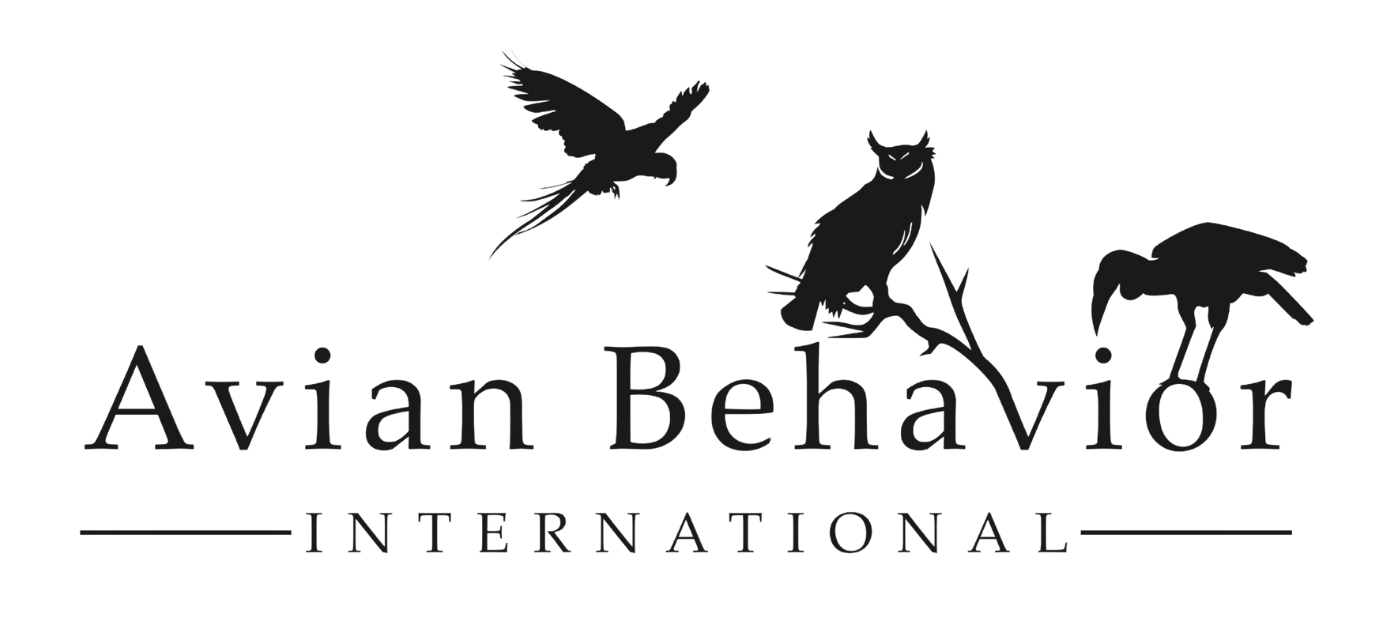
24 Jul What “Control” Really Means in Animal Training
Coercion. It’s a tough word. It can bring up ideas of force or even harm — and it’s not always easy to look at directly. But the truth is, most of us have used coercion in our training without even realizing it. It shows up in the advice we’ve been given. The things we’ve heard over and over. The practices that seemed to “work.”
So let’s talk about it. Not from a place of blame or guilt. But from a place of growth.
This isn’t about calling people out. It’s about opening our eyes to what’s really happening, how coercion shows up in our interactions with birds, and what we can do instead. Because once we recognize it, we can do better — and that’s what this work is about.
How Coercion Shows Up
Maybe you’ve said it. Maybe someone told you to do it.
“Say no.”
“Stop that.”
Sometimes louder. Sometimes just more firm. Sometimes in desperation. And at first glance, it seems like it’s doing something. The bird stops. You feel like you’ve interrupted the behavior or reestablished control.
But what we’re really seeing is temporary suppression. The bird may freeze or startle — but it hasn’t learned anything new. Over time, they may stop responding to the word altogether, which leads us to up the ante. Or worse, they start showing discomfort or avoidance.
When “no” becomes a tool, we start to lose predictability in our communication. The bird doesn’t know what earns reinforcement. It only knows what stops the moment.
What About Covering the Cage or Walking Away?
This one’s common. Especially with a parrot that is over-vocalizing or screaming constantly. You’re frustrated, you’re exhausted, you need some quiet. You cover the cage. You leave the room.
And yes, sometimes the bird goes quiet. But it’s not real change. It may even be reinforcing the behavior! It’s interruption.
Meanwhile, the reasons behind the behavior — attention-seeking, environment, unmet needs — are still there. And the bird is left confused. These actions chip away at predictability. They reduce the cues the bird needs to understand what’s happening.
We haven’t taught anything new. And that’s the point.
Holding Tight to the Jesses While the Bird Baits
If you’ve worked with raptors, this might hit close to home. You’ve probably heard: “Let the bird tire itself out.” Wait out the bating. Don’t let them win.
Eventually the bird might stop. They might even step up calmly. But that doesn’t mean they’ve gained comfort or confidence. It might mean they’ve just stopped struggling. It might mean learned helplessness.
This kind of suppression doesn’t lead to long-term understanding. And the fallout is real. The glove, the jesses, even the trainer can become predictors of stress.
So instead of waiting out baiting, we need to look at how to create conditions where it doesn’t need to happen in the first place.
Fast Hands, Blocking Movements, and Wobbly Perches
Sometimes we move quickly to intercept behavior — a nip, a reach, a lunge. A shift of the body, a push off balance. It’s subtle. It feels instinctive.
And it might work in the moment. But what are we teaching?
Over time, these fast movements create frustration. The bird may flinch at your hand or even learn to lunge faster, avoid the glove, escalate. Our presence becomes unpredictable and unsafe.
Or maybe we give the perch a wobble. Change the lighting. Close a door. Move the bird to another room.
Again — the behavior might stop. But what does the bird actually learn? When these environmental shifts happen without clear cues, it can be disorienting. Even punishing.
The Quieter Side of Coercion
Coercion isn’t always loud. It doesn’t always look forceful.
Sometimes it’s withholding access. Blocking the perch. Waiting until the bird gives up. Offering reinforcement for only one option. These can all look “gentle,” but they still rely on discomfort or pressure to stop behavior.
When the bird is acting to escape or avoid something aversive — we are not in a choice-rich environment. And when that’s the pattern, we’re not working toward sustainable, long-term success.
Where This Leaves Us
Much of what we’ve talked about here falls under what we’d call “managing” behavior — trying to stop something, avoid something, make something go away.
And when we’re stressed or overwhelmed, managing feels like the best we can do. But there’s a bigger goal.
We’re here to teach. To build. To help birds learn skills that make problem behaviors irrelevant — because they have better options available.
This is the heart of the constructional approach. It’s not about fixing or eliminating. It’s about expanding. Helping your bird succeed in a way that works for both of you.
Ready to Go Deeper?
In the updated Fundamentals of Training course, we’ll unpack the real impact of coercion, decode the why behind behavior, and show you how to build skill-based, trust-centered relationships that actually work — in the real world, with real birds.
You don’t have to have it all figured out yet.
You just have to be willing to rethink what’s possible.
Join us inside the Lab — and start building something better. Use the code: AVIAN to get 2 weeks free!

